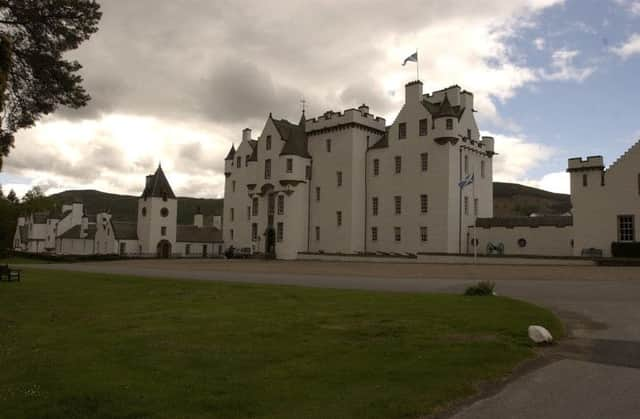Castle’s 100-year-old green energy system restored


Blair Castle, Perthshire ran the hydro-power system from 1908 until the building was connected to the national grid in 1951.
When a recent survey showed the original pipe network was in good condition, staff at Atholl Estates decided to get the system running again.
Advertisement
Hide AdAdvertisement
Hide AdA team of engineers, environmentalists and electrical specialists was used to fit a new water intake and install a new turbine in the powerhouse. At full flow, 331,200 litres of water pass through the turbine every hour and a viewing window has been built into the power house so visitors can learn about the hydro scheme.
“The recommissioning of our very old but enduring hydro-electric scheme has been a real triumph for everyone involved in this project,” said Andrew Bruce-Wooton, general manager at Atholl Estates.
FOLLOW US
SCOTSMAN TABLET AND MOBILE APPS
“There are many benefits to both Blair Castle and Atholl Estates, but a highlight has to be the work that has gone into refurbishing our power house to create another unique experience for visitors.”
Fergus Ewing, the Scottish Government’s minister for business, energy and tourism, visited the castle to mark the system’s reopening.
He said: “It is fascinating to see a working hydro-electric scheme from a century ago re-mastered and utilised this way.
“The team at Blair Castle, and the engineers and designers working on this project, have done a fantastic job.
“This hydro-electric scheme is a prime example of how businesses can make sustainable use of their natural resources without adversely affecting our stunning Scottish landscape, while also creating for themselves a positive commercial advantage.”
The castle is the ancestral home of Clan Murray and is historically the seat of clan chief the Duke of Atholl. It has a colourful and turbulent history, including being captured by Oliver Cromwell’s forces in 1652 and occupied by them until the restoration of Charles II in 1660.
Advertisement
Hide AdAdvertisement
Hide AdBonnie Prince Charlie stayed there in 1745 and again shortly before his Jacobite rebels were defeated at Culloden.
It hosted Mary Queen of Scots in 1564, when she took part in hunt that killed five wolves. Queen Victoria’s visit in 1854 sparked the formation of the Atholl Highlanders regiment.
The oldest structure is a six-storey tower begun in 1269.
The castle was used as a hospital during the First World War and as a temporary home for a displaced private school and evacuees from Glasgow during the Second World War.
The first hydro-electric scheme was built by the monks at Fort Augustus Abbey in 1890 but the first large-scale commercial hydro-electric scheme in the UK powered an aluminium smelter at Foyers, by Loch Ness.
A Victorian hydro scheme built for Dawyck House, near Peebles, was recently recommissioned to power the Borders outpost of the Royal Botanic Garden Edinburgh. This contributed to Dawyck being named the first carbon-neutral garden of its type in the country.